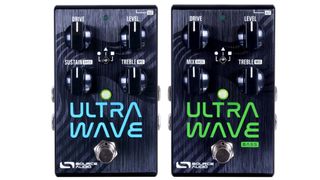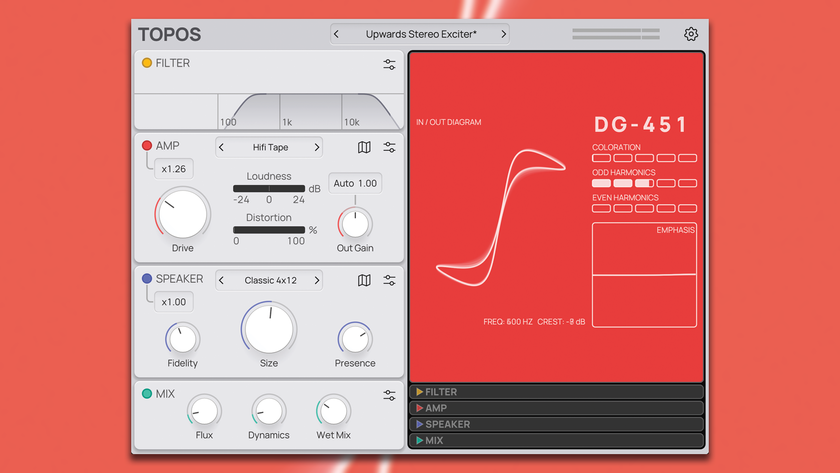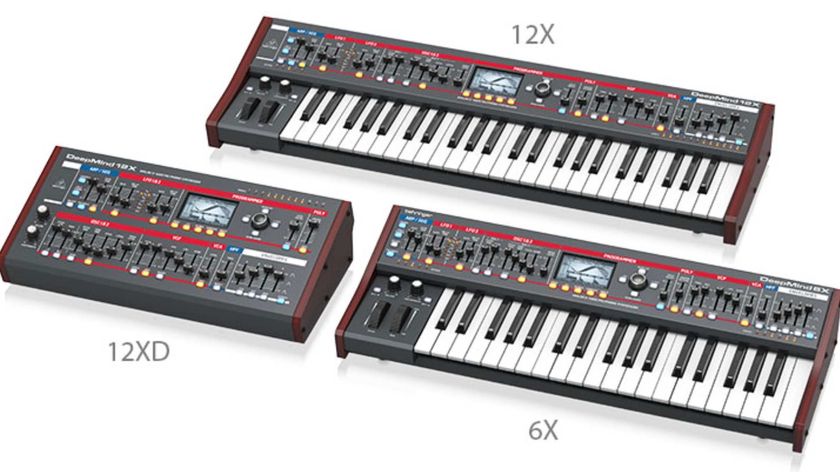Source Audio seeks out “a brave new universe of sounds“ for guitar and bass with the Ultra Wave Multiband Processor
The Ultra Wave takes a multiband approach to drive, tremolo, compression and a lot more – with spectacular results
If you play electric guitar or bass and like the idea of distortion, tremolo and compression, EQ and more in one compact unit – with enough DSP to take it all through the wormhole – Source Audio's new Ultra Wave Multiband Processor pedal might be just what you've been waiting for.
The multiband processor allows you to split your signal into frequency bands, after which you can adjust parameters for each band. In the context of overdrive and distortion, this means you can have many different flavours on tap.
With the Ultra Wave, you can split your signal into single, 2, 3, 4, 8, or 10 frequency bands, and it will offer separate drive and level controls for each band and pull you down the rabbit hole in search of all manner of overdrives – including Tube, Diode, Octave Up, Negative Flip Diode and Foldback – the latter on-hand for synth-like dirt.
All in, you have 44 drive types to play with, and 37 band splitting options once you consider the various sub-sets and band splitting frequency points. A full stereo pedal, the Ultra Wave has a bewildering array of routing options, too, which Source Audio helpfully decodes here.

Looking at the enclosure, all this doesn't seem possible. There are only four knobs and a toggle switch. But that toggle switch let's you access six stored presets, and the powerful Analog Devices DSP chip allied to Source Audio's Neuro App – a free download for desktop or mobile device – allows for some super-deep editing.
The knobs are assignable for any parameter you like, and you can assign custom controls for each preset. The Neuro App is where you make all this happen. It's there you can also set the dual-channel compressor/expander, with controls for Input Gain, Threshold, Ratio, Attack, Release, and Output Gain controls.
If all this sounds complicated, the GUI lets you know what's happening, and it all seems intuitive enough once you know what sound you are looking for.
Get the MusicRadar Newsletter
Want all the hottest music and gear news, reviews, deals, features and more, direct to your inbox? Sign up here.
Multiband distortion alone would make this a pretty neat device, but the onboard tremolo, ring mod and morphing makes the Ultra Wave a radical addition to any pedalboard. The controls let you take ownership of wave shapes and customise the LFO to your liking.
There is an 8-band graphic equaliser and a 3-band parametric EQ, with configurable high- and low-pass filters and an onboard noise gate. It won't surprise you at this point to learn that you can connect an external expression pedal to make this a performance effect. You can assign up to three parameters to the expression pedal.
Finally, there is switchable bypass, MIDI and USB connectivity. Street price is £259 / $249. See Source Audio for more details, where they have the manual online to lay out exactly how all this comes together.
Jonathan Horsley has been writing about guitars and guitar culture since 2005, playing them since 1990, and regularly contributes to MusicRadar, Total Guitar and Guitar World. He uses Jazz III nylon picks, 10s during the week, 9s at the weekend, and shamefully still struggles with rhythm figure one of Van Halen’s Panama.

“This golden gain machine covers the entire spectrum from gritty boost through to full-on fuzz”: Great Eastern FX’s Focus Fuzz Deluxe has got boost, drive, octave, fuzz... everything going on

“This is the only tremolo pedal in the world that lets you plot your own waveform shapes using controls you first got to grips with as a child”: SoundLad Sketchy review










